more objects of chicago's past, given context by assigning narratives
This entry was posted on May 4 2018 by Eric

the following post contains another installment of objects, culled from various ongoing projects (both past and present), which were selected and assembled as a "hodgepodge" cohered by the single theme of being largely utilitarian objects from chicago's past. as previously stated, when we can flesh out the context in which these originally existed, they take on a new meaning as functional pieces of a larger whole, and are harder to discard.
even so, objects can at times inspire curiosity and interest before a narrative has even been untangled. while i find that to research and excavate the history in each object is paramount to good storytelling, the following images standalone as a gallery that might evoke a sense of the textures and material weight involved in rediscovering the city's history.
since the initial post from which the introduction is copied (where i displayed a group of ten objects with simple captions), i've decided to turn this into an ongoing "series" following along the same format.
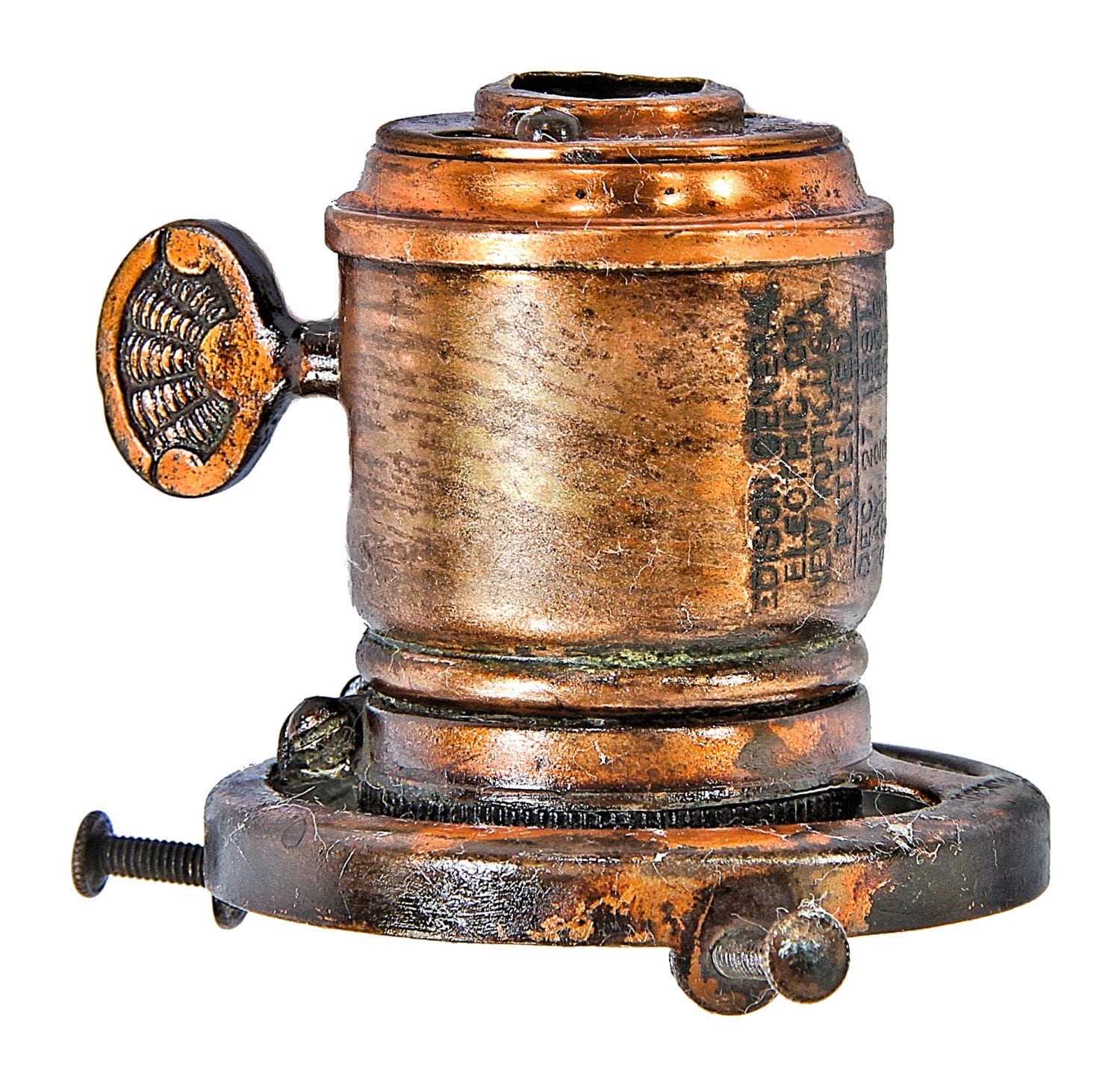
19th century bergmann-edison key socket with original shade fitter and set screws. the copper-plated bass socket belonged to a double-arm wall-mount interior columbus building (1893) sconce.
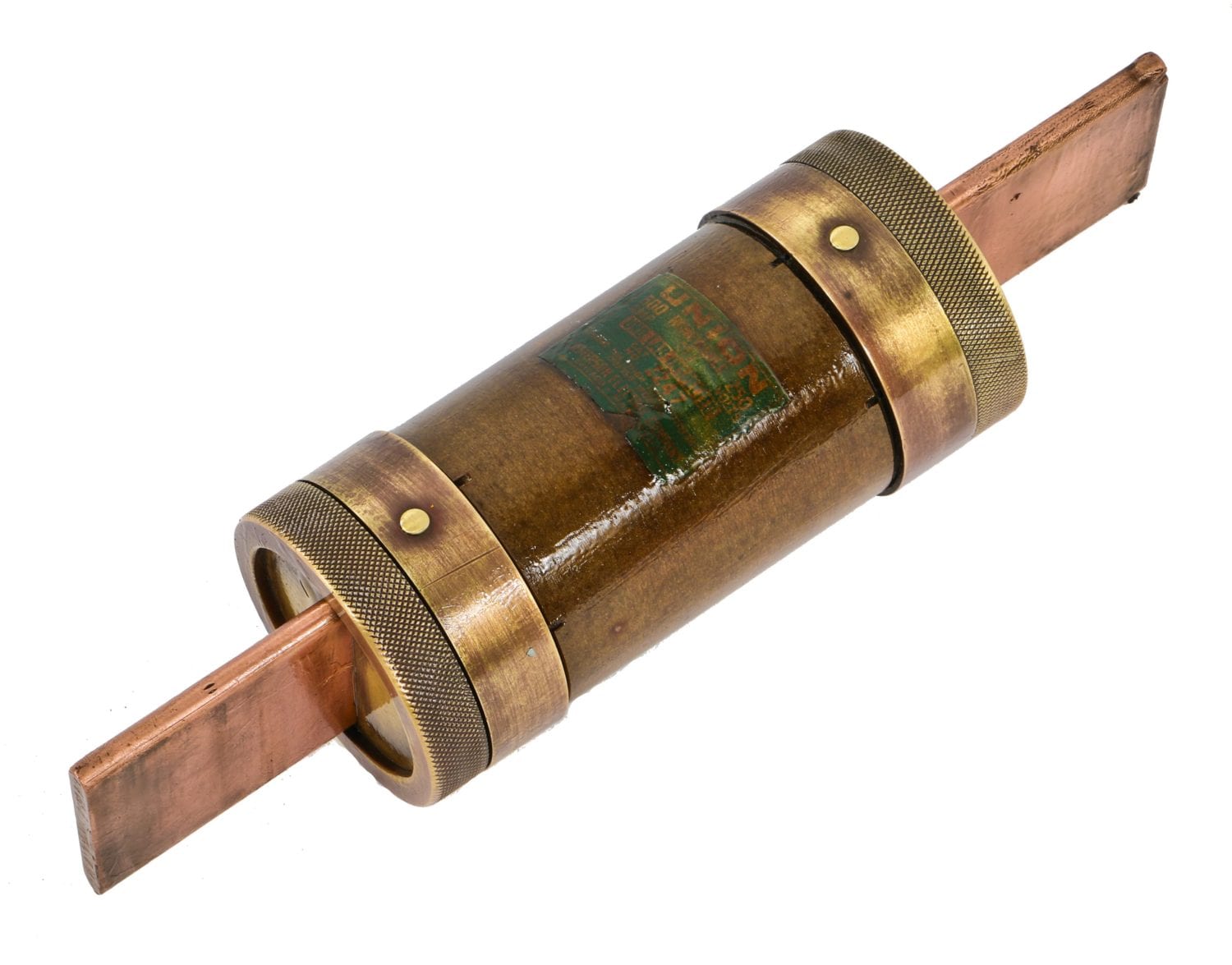
original depression-era 600 amp (250 volt) with knurled brass endcaps and solid copper blades removed from an a. finkl & sons foundry oversized three phase alternating current gantry crane switchboard designed and fabricated by the chicago switchboard mfg. co., chicago, il.

original chicago stock exchange building trading room (adler & sullivan) carbon hairpin filament lightbulbs. found intact above a false ceiling when richard nickel et al. began documenting the ornamental plaster, polychromatic stencils and stained glass skylights. the edison general electric lamps were given to me by friend tim samuelson.
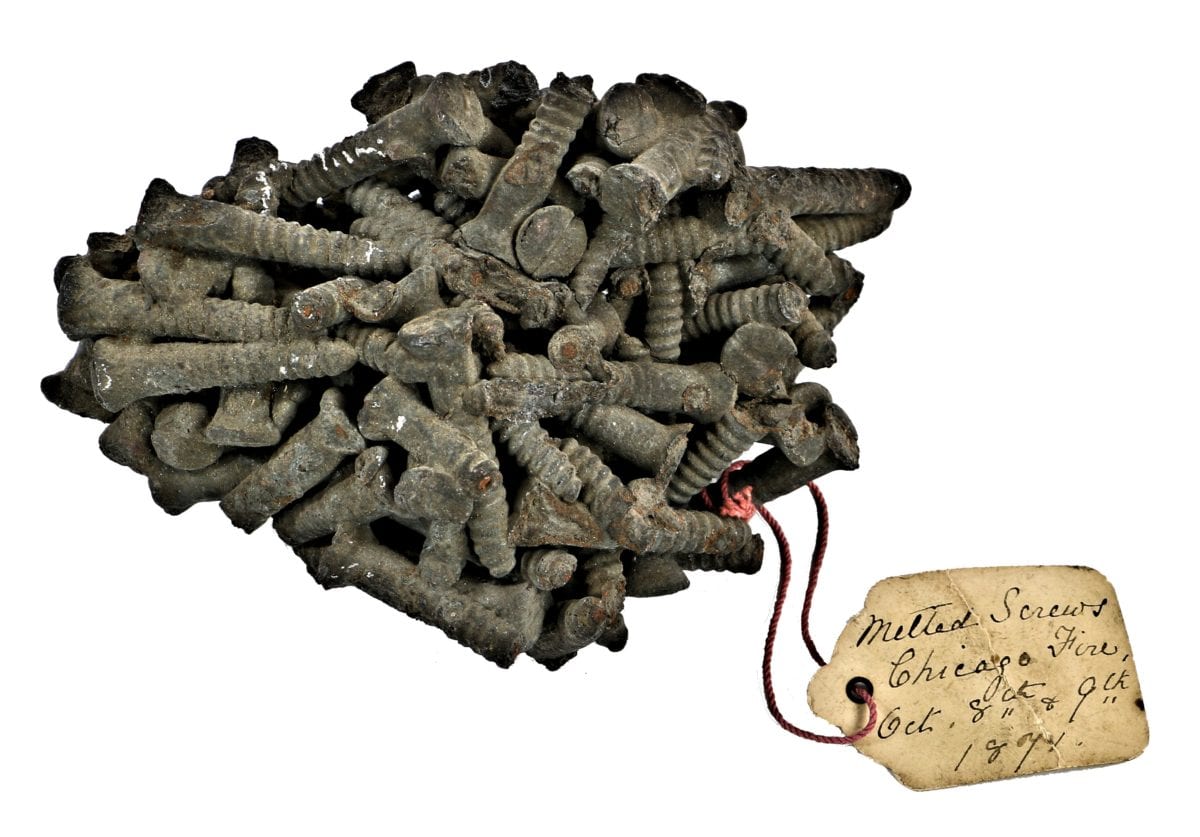
an original great chicago fire of 1871 "souvenir" likely sold by a young peddler in the "burnt district." children would set up tables and display their "wares" found in the rubble. tourists and curiosity-seekers alike, would buy these "souvenirs," which in this case is a pile of melted wood screws likely sold by the box in a hardware store. the hand-written tag is original and likely dates to the time the souvenir was purchased.
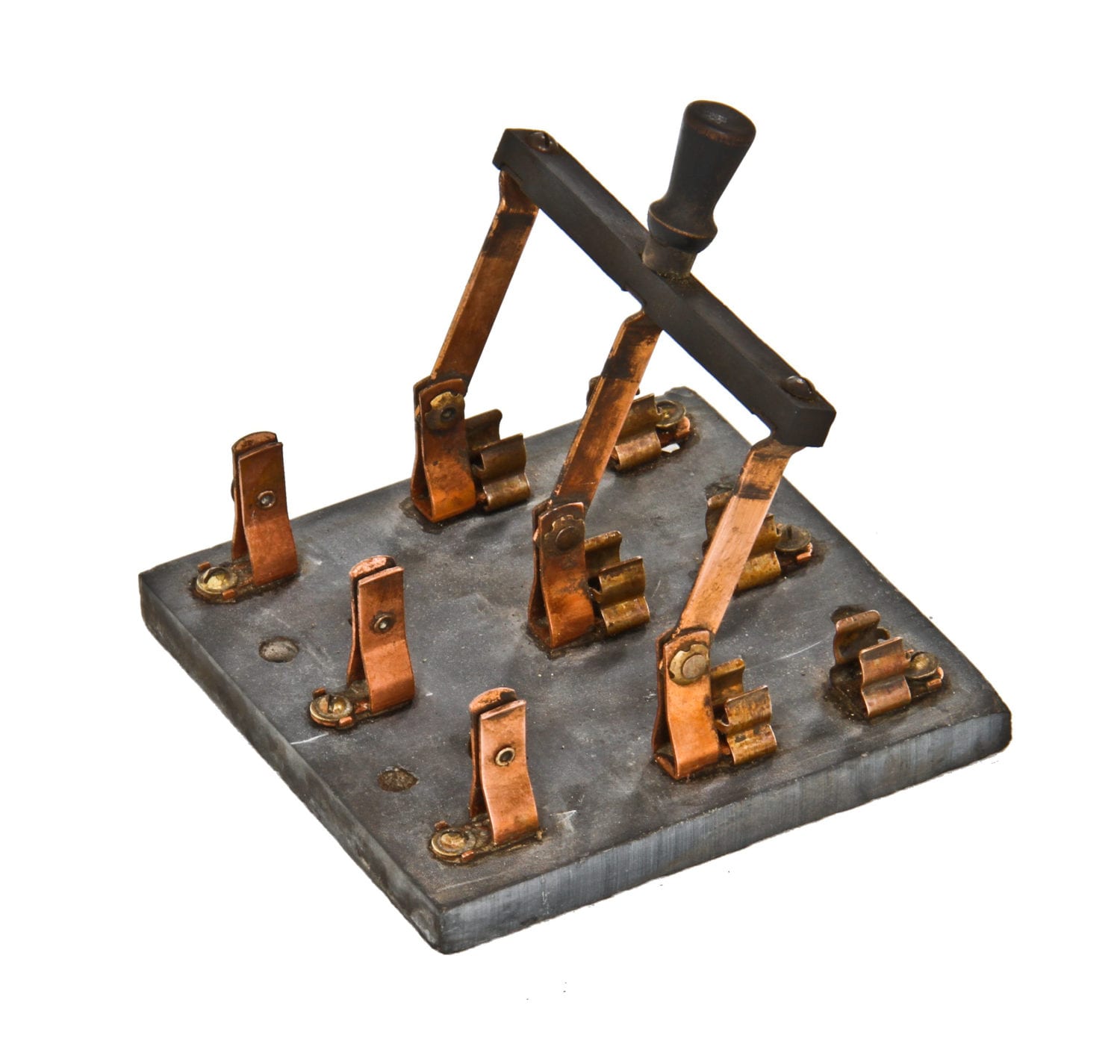
c. 1920's triple-pole knife-switch with solid slate back manufactured by the trumbull company. the manually-operated knife switch was originally affixed to a gargantuan mobile brenograph i discovered in the depression-era nortown theater shortly before its demolition. a great deal of electrical power was required (the electric wiring was encased in asbestos) to operate the carbon arc lamp.
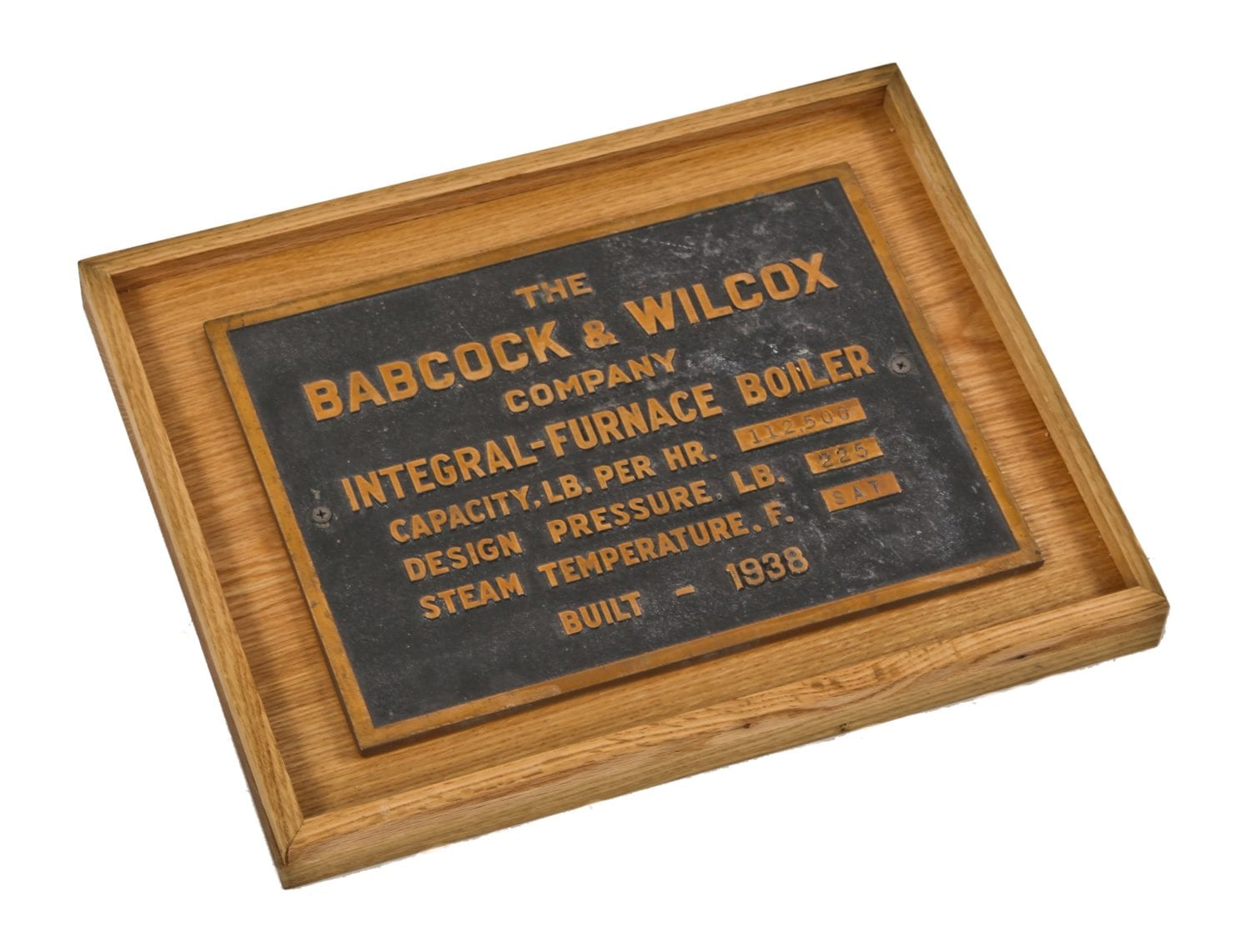
original cast bronze boiler plaque removed from the cook county hospital power plant building furnace, installed in 1938. the oversized plaque, with incised specifications, identified the boiler or furnace's fabricator as the babcock and wilcox company. the hospital still stands, but the power plant and hospital's rear wings have since been demolished.
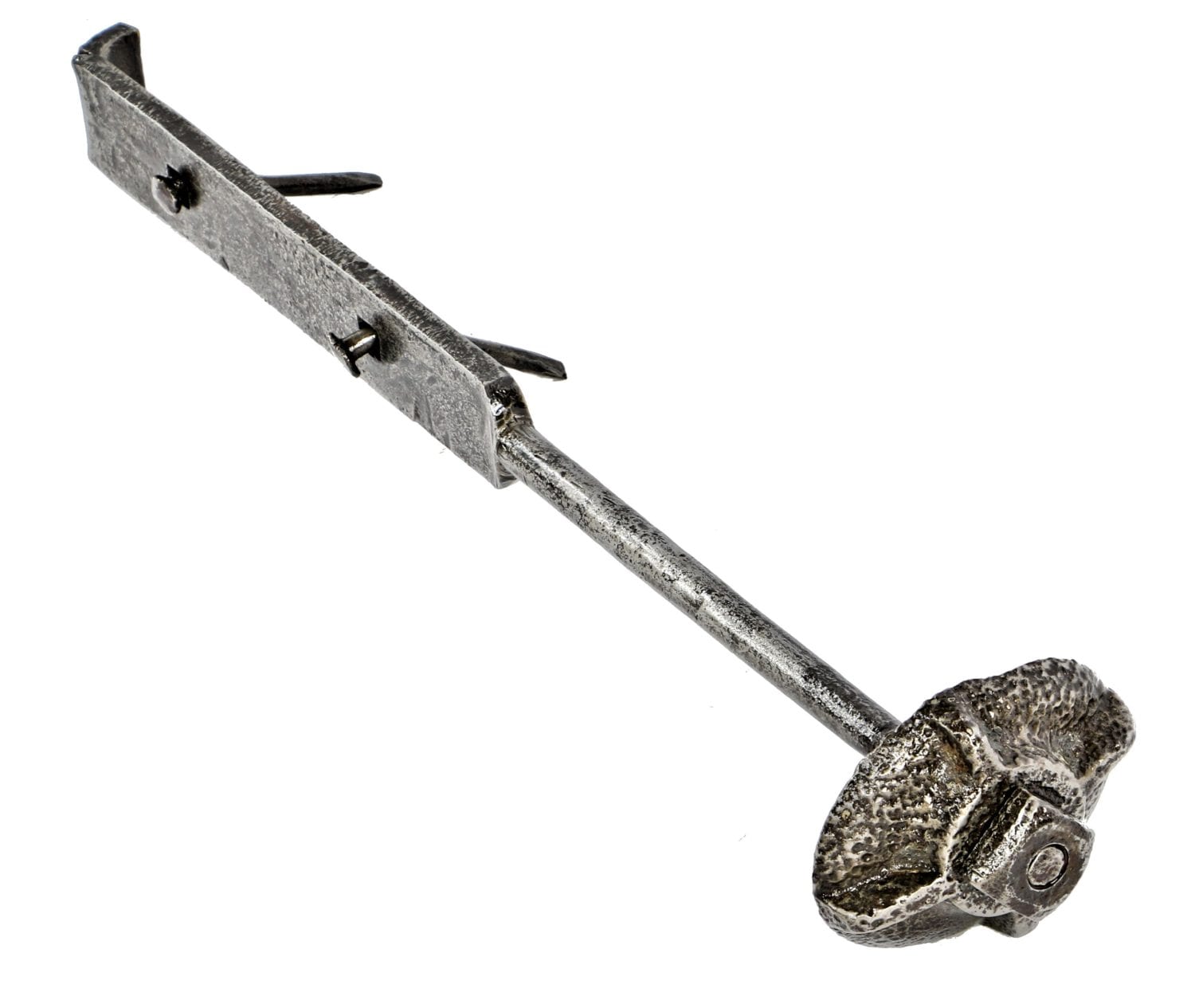
c. 1870's refinished crane company pre-fire factory building tie tod or with anchor plate and original "rose head" masonry spikes. the tie rod was used to prevent the exterior brick walls from bowing. the crane factory, located on jefferson street was built in 1865. the first addition, built in 1870, was demolished in 2016. the tie rod was salvaged from that building. several granite pavers were also salvaged at the site were the infamous 1886 "haymarket" riots occurred. the tie rod was likely fabricated in crane's own foundry.
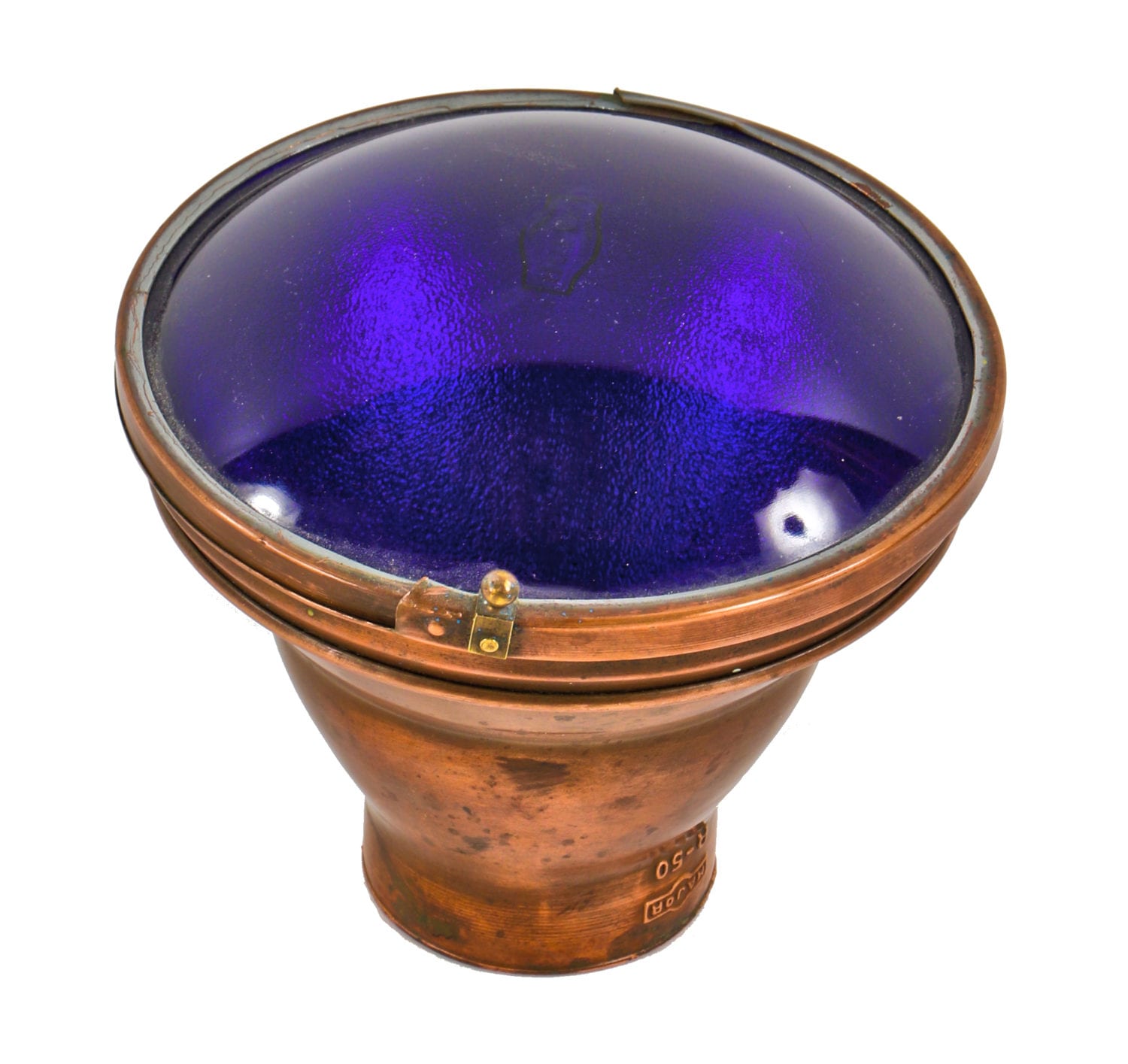
another (hidden) artifact salvaged from the nortown theater (j.e.o. pridemore, 1931). the copper fixture and fresnel lens were designed and fabricated by or for the major equipment company. this fixture was one of many that were used as "cove lighting," where they were placed in and around the ornamental plaster work along the walls and proscenium of the theater's auditorium. this type of fixture contributed to the "atmospheric" design scheme perfected by architect john eberson. the pressed glass fresnel lenses were made in a variety of colors to achieve a certain "mood" or ambiance that resonated with the surrounding ornament.
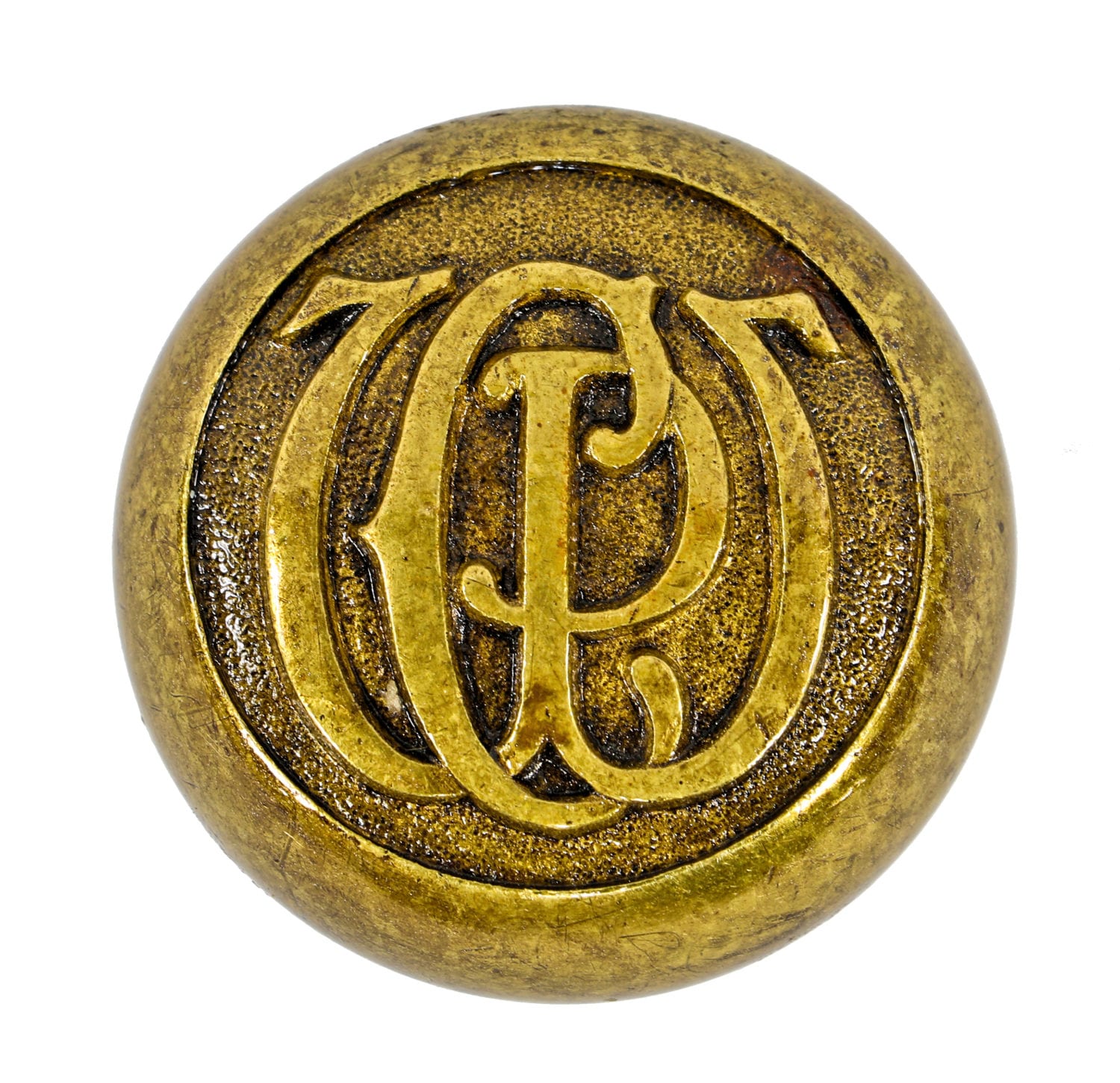
late 19th or early 20th century cast brass monogrammed doorknob salvaged from a chicago public waterworks interior passage and/or office door. possibly fabricated by sargent or the p. & f. corbin company. it was common during that time for buildings - both public and private - to have uniquely designed doorknobs commissioned by the owners and/or institutions. clearly, no detail was too small to be overlooked.

a rather unusual, but unique, hand-crafted painted wood oversized measuring "stick" salvaged from the tower of the bunte candy factory (schmidt, garden, & martin, architects) prior to demolition. the black stenciled panel with raised edges was originally mounted against one of three riveted joint enclosed iron water tanks. when discovered, the elaborate rope and pulley "system" was still intact and fully functional. the measuring device was essentially a primitive wood "gauge" designed to show exactly how much water resided in the tank. the building engineer would adjust the water pressure accordingly based on its "reading." the largest tank in the tower was 26 feet in height. the bunte candy factory - since demolished - was considered to be the largest prairie school style factory building in the country.
This entry was posted in , Miscellaneous, Bldg. 51, New Products, Events & Announcements, New Acquisitions, Featured Posts & Bldg. 51 Feed on May 4 2018 by Eric
WORDLWIDE SHIPPING
If required, please contact an Urban Remains sales associate.
NEW PRODUCTS DAILY
Check back daily as we are constantly adding new products.
PREMIUM SUPPORT
We're here to help answer any question. Contact us anytime!
SALES & PROMOTIONS
Join our newsletter to get the latest information
























